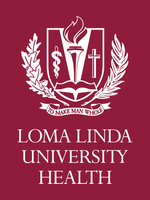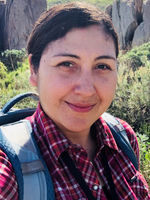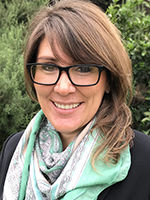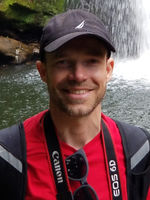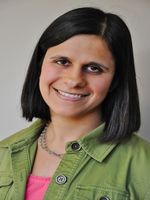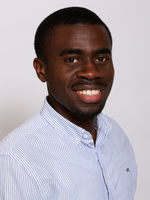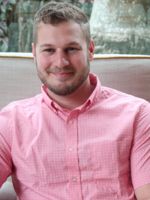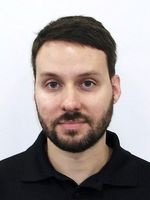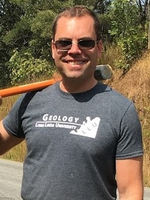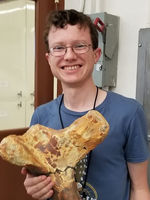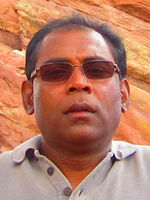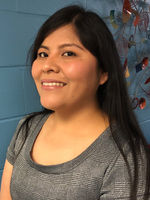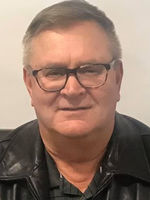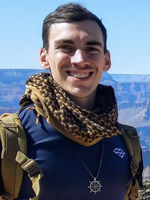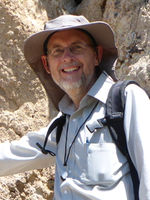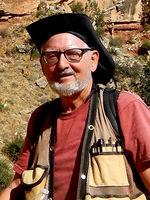
Leonard Brand, Ph.D
Dr. Leonard Brand currently has several research projects in progress. One project is seeking to understand the Permian Coconino Sandstone in Arizona. There is evidence of soft-sediment deformation that has not previously been published, and some interesting distribution of clay deposits. Student, and currently postdoc Sarah Maithel recently published part of her dissertation work on the Coconino, and a second paper has been accepted. More work will be coming along also. In collaboration with Dr. Arthur Chadwick, another project seeks to understand the relationship between the Lower Triassic Moenkopi Formation and the Upper Triassic Shinarump Conglomerate. A manuscript is near completion on this project with Ronny Nalin as a coauthor, analyzing the erosion at the contact of these two formations, and the lateral continuity of upper Moenkopi beds. One more project in the collaboration with Arthur Chadwick is a study of stromatolite layers in Cambrian/Ordovician limestones in western Utah. A recently graduated doctoral student has several excellent papers in process, on her study of the taphonomy of the many thousands of dinosaur bones from Arthur Chadwick’s dinosaur quarry in Wyoming. Another active project involves a study of fossil logs and widespread carbonate beds in the Navajo Sandstone in eastern Utah.

